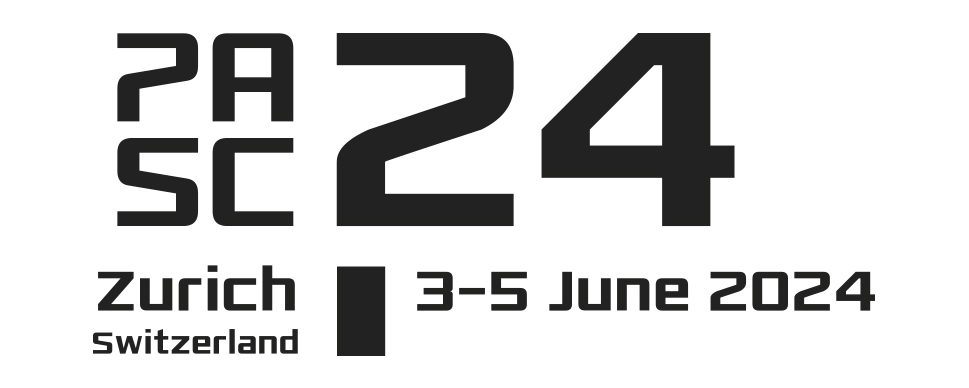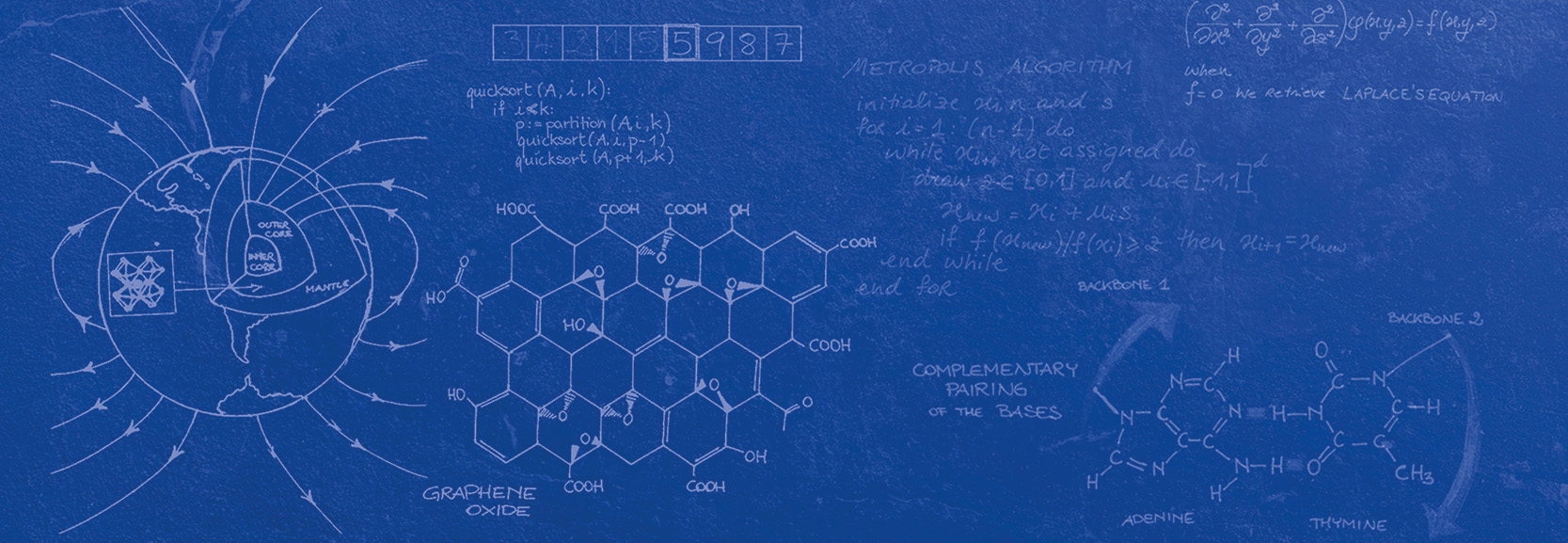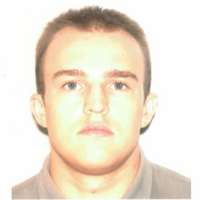Presentation
Leveraging the High Bandwidth of Last-Level Cache for HPC Seismic Imaging Applications
Presenter
DescriptionWe solve the 3D acoustic wave equation using the finite-difference time-domain (FDTD) formulation in both first and second order. The FDTD approach is expressed as a stencil-based computational scheme with a long-range discretization, i.e., 8th order in space and 2nd order in time, which is routinely used in the oil and gas industry and environmental geophysics for high subsurface imaging fidelity purposes. Absorbing Boundary Conditions (ABCs) are employed to attenuate reflections from artificial boundaries. The high order discretization engenders extensive data movement across the memory subsystem and may consequently impact the kernel throughput due to the inherent memory-bound behavior of the stencil operator, especially on systems facing memory starvation. The first-order formulation of the 3D acoustic equation further exacerbates this phenomenon because it calculates both the pressure and velocity fields, which corresponds to 1.6X the memory footprint of second-order formulation. To address this memory bottleneck, we design, implement, and deploy the multicore wavefront diamond tiling with temporal blocking (MWD-TB) to boost the performance of seismic wavefield modeling by exploiting spatial&temporal data reuse. MWD-TB leverages the large capacity of last-level cache (LLC) of modern x86 systems and extracts high bandwidth memory from the underlying architecture. We demonstrate the numerical accuracy of MWD-TB on the Salt3D model from the Society of Exploration Geophysicists. Our MWD-TB implementations for the first- and second-order FDTD formulations achieve speedups of up to 3.5X and 3X on a large grid size on AMD systems equipped with large LLC, respectively, compared to the traditional spatial blocking method alone.
TimeMonday, June 317:30 - 18:00 CEST
LocationHG F 1
SessionAP1A - ACM Papers Session 1A
Session Chair
Event Type
Paper
Climate, Weather, and Earth Sciences



